Centred on the picturesque town of Pateley Bridge, the Nidderdale Way offers a fabulous walking holiday, a great challenge for cyclists, and a terrific way to see this most beautiful part of the country from the back of a horse.
However you choose to traverse the Nidderdale Way, you are in for a visual treat.
Deep in the Dales
The Nidderdale Way is situated within the Nidderdale Area of Outstanding Natural Beauty (AONB), considered one of the most beautiful landscapes in the UK. The AONB consists of around 233 sq miles (603 sq km) of the Yorkshire Dales – part of the UK’s system of national parks and nature reserves. The AONB is a protected area, free from unwanted development and unspoilt for future generations.
The Nidderdale AONB has been designated precisely because of its stunning views and contrasting landscapes, wild moorland and wildlife, historical sites and picturesque villages.
The central feature of the AONB is the River Nidd, a long dale that runs from the fells towards the Vale of York. The AONB’s western side is more remote and wild, its heather moorland teeming with wildlife with few human inhabitants. And on the eastern side, the landscape is a more pastoral one of farmland, sheltered river valleys, parks and gardens.
Take it to the Bridge
The biggest town on the Nidderdale Way is Pateley Bridge and most visitors tackling the route will make the town their starting point. A market town around 30 minutes from Harrogate, Pateley Bridge is situated against a steep hillside with the River Nidd flowing through the town.
From an industrial past – the Scotgate Ash Quarry that overlooks the town supplied the stone used in the steps for the National Gallery in London – Pateley Bridge is now a popular visitor destination with speciality shops and tearooms, and a number of pubs where walkers and hikers can slake their thirst.
The Nidderdale Museum tells the story of the town and the Dales’ fascinating past, with exhibits devoted to the industries that made the area, such as agriculture. Curious visitors can also tackle the heritage trails around town that reveal Pateley Bridge’s past. And, of course, there’s beautiful scenery to be appreciated – the steep valley sides of the river are filled with ancient woodlands and are perfect for a quiet stroll or picnic.
Attractions on the Nidderdale Way
The 53 miles of the Nidderdale Way are contained almost totally within the Nidderdale Area of Outstanding Natural Beauty with only the town of Ripley to the east not part of the AONB. It meanders through the Upper, Middle and Lower Valleys of the Nidd.
The Upper Valley boasts the stunning limestone gorge of How Stean Gorge – dubbed “Little Switzerland” by Victorian climbers– and the unspoilt, cobblestoned village of Middlesmoor that can trace its roots to the 12th century and enjoys a remarkable position perched on a steep hillside. The views from lofty Middlesmoor Church are priceless. Don’t miss visiting the “ghost” village of Scar House where more than 1,250 people once lived and worked in the 1920s to build the Scar House Reservoir that serves the city of Bradford. All that remains now are the concrete bases of the houses on the approach road to the dam, leaving a ghostly presence in this beautiful place.
In the Middle Valley is Brimham Rocks, an extraordinary collection of weirdly shaped rock formations that fills some 50 acres of Brimham Moor. The landscape here, of heather moorland and woodland, is stunningly beautiful and provides marvellous views over the whole Nidderdale valley.
Ripley Castle, in the Lower Valley, has been the home of the Ingilby family for 700 years. Its gardens, laid out by Capability Brown, are one of Yorkshire’s best-loved attractions, and a riot of colour in spring and summer. The town of Ripley itself was laid out in the 19th century in the style of a French village – don’t miss the stocks at its mediaeval market cross.
The Great Outdoors
The Nidderdale Way is a paradise for walkers – the route can be completed in four days – and climbers; although most of the route is low level, there are some challenging valley sides to tackle, too, making the route ideal too for those who want to explore this gorgeous part of the world on two wheels, or on horseback.
Accommodation is plentiful, including hotels, country inns, B&Bs, hostels and camping, and pony trekking can be organised either in advance or on the day. For cyclists who don’t have their own transport, cycle hire is also available in Pateley Bridge and it’s certainly a wonderful way to explore Nidderdale.
An even more unusual way to get around Nidderdale is llama trekking. You won’t be riding the pack animals but they are terrific for carrying your luggage!
The Nidderdale Way is one of the most beautiful attractions in the Yorkshire Dales, and wandering its pathways is a quite outstanding way to explore a glorious part of the UK.








